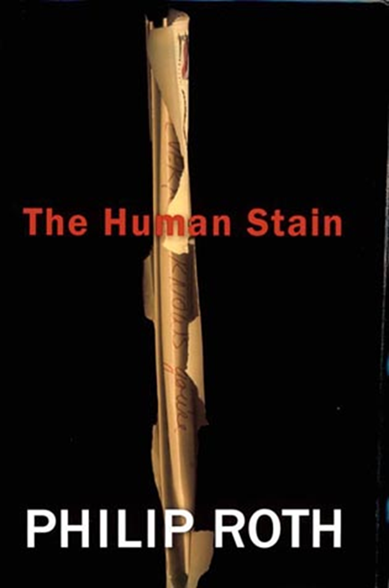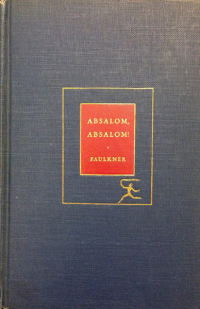Golden Gray
 Character: Golden GraySource Text: Morrison, Toni. Jazz. New York: Vintage International, 2004.
Character: Golden GraySource Text: Morrison, Toni. Jazz. New York: Vintage International, 2004.
Entry Author: Shalyn Hopley
Golden Gray is the son of white Vera Louise Gray and black Henry LesTroy. Jazz is not really a story featuring Golden Gray, yet his presence in the story is potent. Golden Gray is the product of an illicit relationship between the daughter of a wealthy Colonel from Vesper County, Vera Louise, and “a Negro boy out from Vienna” (140). Golden Gray is conceived during one her rides with the boy out to the woods, and when Vera Louise tells her parents she is pregnant, wordlessly her family gives her money to “die, or live if you like, elsewhere”, disowning her and her child. Vera and one of the novel’s main character’s (Violet’s) grandmother, True Belle, a slave woman belonging to her family, go to Baltimore and raise the child.Golden Gray is an enigmatic presence in the novel, his real personality and significance hard to determine as he is described over and over by different characters, at times the narrator even restarting her tale of Golden Gray to rewrite what she has already written of him. Golden Gray is named Gray for his mother and the color of his eyes, and golden for his skin tone (139). He is raised as an adopted white child, rather than the son of a black slave and Vera, by Vera and True Belle and is said to be the “light of both their lives” (139). When Golden Gray is told the story of his mixed race heritage, he leaves home to meet and confront his father, Henry LesTroy. Yet on his way there, he happens upon a dark-skinned pregnant woman in the woods who he startles, her attempt to flee ending in her injury. He brings the unconscious woman to the house of his father, where she births the child she is carrying. When his father returns home, he helps Golden with the woman and quickly disarms Golden’s potentially murderous intentions, asking Golden Gray what he expected when he came to find his father (172). Instead, Golden Gray runs away with “Wild”, the woman. Wild is implied to be the mother of Joe Trace, Violet’s husband. Henry LesTroy becomes a father figure for Joe.
While the general content of Golden’s story remains the same, the narrator begins her tale of his venture to Virginia three times, only being satisfied the final time after berating herself for not seeing his motivations:
What was I thinking of? How could I have imagined him so poorly? Not noticed the hurt that was not linked to the color of his skin, or the blood that beat beneath it. But to some other thing that longed for authenticity, for a right to be in this place, effortlessly without needing to acquire a false face, a laughless grin, a talking posture. I have been careless and stupid and it infuriates me to discover (again) how unreliable I am. (160)
The narrator’s claims to know Golden Gray’s story are erased by this passage. She is unreliable, unable to know the true complexity of even this minor character.
Why is Golden Gray present in Jazz? He is connected to all these characters from the main plot, but his own story can at best be considered a supplement, and at worst a tangent. Yet his story is there, highlighting the complicated interwoven histories of the main characters and highlighting the unknowable nature of humanity and human love.


